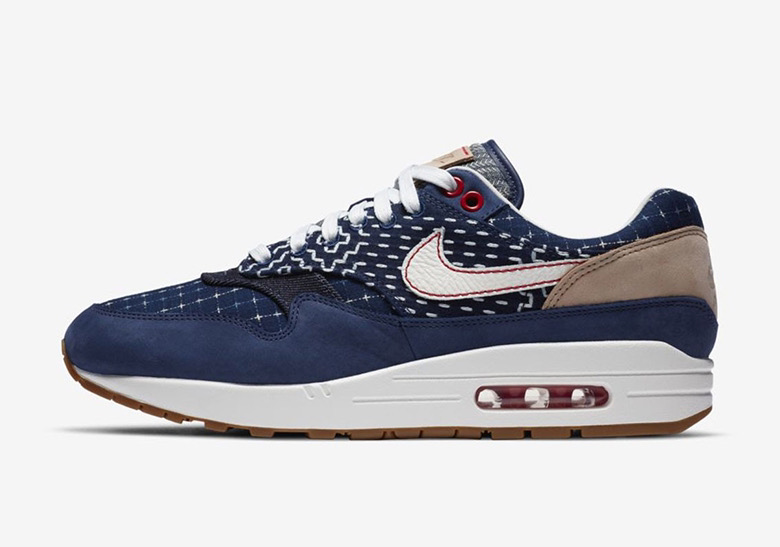
Diggydev
No personal profile
7Follow
0Followers
0Topic
0Badge
That's good
Sorry, the original content has been removed
Buying
NIO: The Path To A $1 Trillion Valuation
Lookout for coming months when they release new products . Stock price will go up
Apple Stock Forecast For 2025: A Slow Start, Then Strong Growth
Correct
Ethereum is outperforming bitcoin. Morgan Stanley thinks it knows why
Noice
China launches first astronauts to its space station
Great ariticle, would you like to share it?
Don't Wait For a Market Crash: These 2 Top Stocks Are On Sale
Beaut
Sorry, the original content has been removed
Thank you
Why Ocugen Shares Skyrocketed Today
Go to Tiger App to see more news